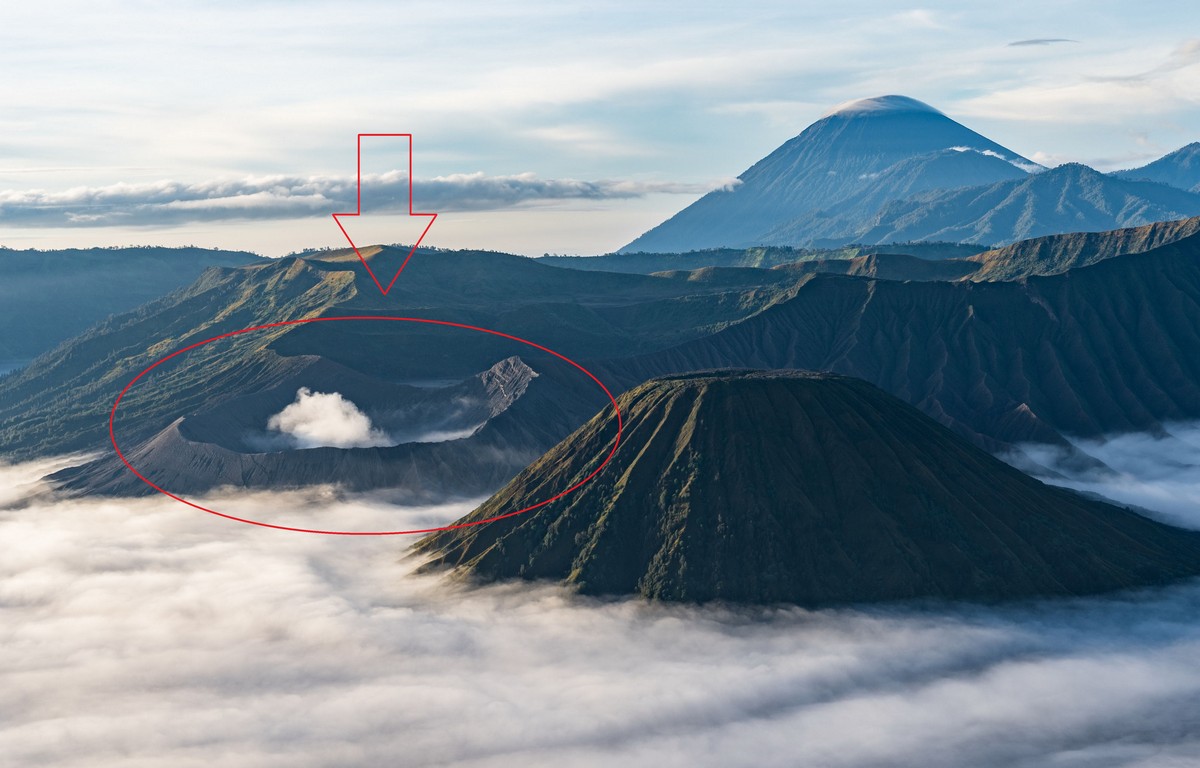Sometimes, especially on a flight on the other side of the world, the following thoughts creep into my mind: I’ve lost track of my total number of air-miles flown, of the names of the places I’ve stayed at, of the interesting sights I’ve seen, and so on. To remember it all is practically impossible.
But then I recall: to remember things, people have always written things down, which is just what I’ve been doing since the year dot! And should ever laziness have gotten a hold of me (moi?), I could just consult our accounting department, who are even more conscientious about book keeping (whence ‘bookkeeping’!) than I am: where I was, how I got there, which airports I used, where I stayed and for how long, where I dined… even where I had a beer! And of course let’s not forget the 100GB+ of (sorted, processed and compressed) photos I’ve accumulated down the years. So yes – you get the picture photo: there’s no chance anything could possibly be forgotten!
I also have practically a bottomless store of (actually, nearly 20 years of) travel (both business and touristic) experience, which is now not a bad resource to be tapped by practically any traveler (ok, maybe not the budget traveler; apologies for that) or potential traveler since it’s so vast. And it just keeps being supplemented with more and more new places and experiences. I sometimes have a trip down memory lane and get all nostalgic for the places I’ve been to and haven’t returned to for so long, and also for the simpler days when cameras had film inside that needed to be processed at special shops :). I’m also rather proud of some of the detailed subsections of my blog; for example, my Top-100 Must-See Places in the World and its various sub-sub-sections, my hotels list, and so on…
I also get to thinking about how lucky I am to visit so many beaches of the world on my travels – a bonus of having to be at business conferences, which have a handy knack of taking place in sunny resorts. But of course they are: where are you going to get the most accepted invitations to a conference – in, say, Munich, or in, say, Hawaii? Yep: it’s not rocket science. And I can even give rankings of the best resorts/beaches/conference venues too (my current fave: Surfers Paradise).
And talking of sunny resorts and rankings of the best this or that, there’s also my ranking of the business events. What’s at the top of this list? Naturally, it’s our own: the Security Analyst Summit (SAS). And naturally it always takes place in a real nice sunny resort with obligatory beach. Examples: Croatia, Cyprus, Malaga, the Canary Islands, Caribbean islands; and next month – once again back in Cancun, which will be our tenth SAS!
So what’s most important to you when it comes to beach resorts? Yes, it all depends on your priorities, for a super resort that ticks all the boxes for absolutely everyone simply doesn’t exist. Trust me, I’m a doctor :). Let me explain.
Read on: Like? Or not Like? Let’s see…






































